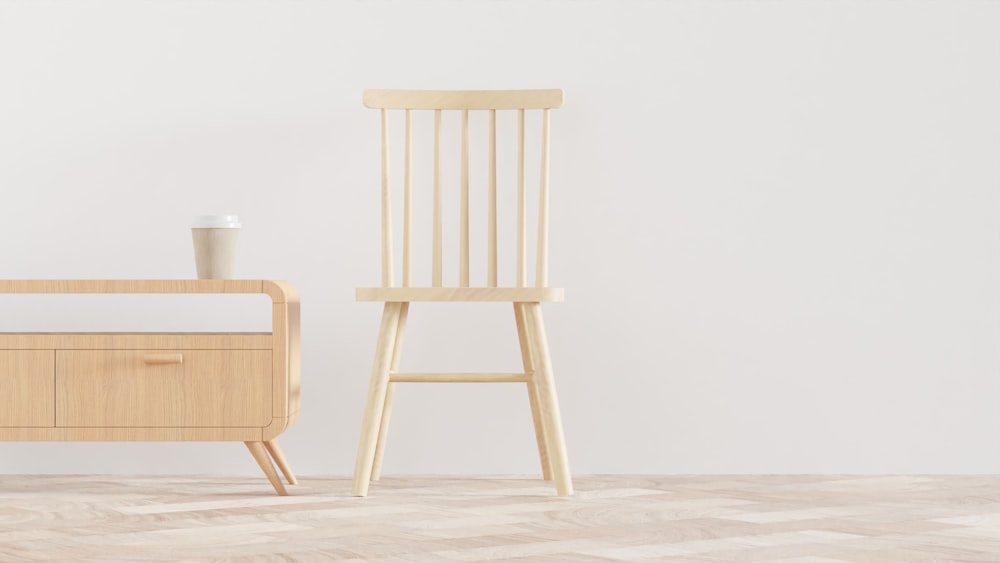
Embracing the Blend: Indoor-Outdoor Living Tips
The integration of indoor and outdoor spaces in living environments has gained significant popularity. Follow these tips to seamlessly merge your interior and exterior areas, creating a harmonious and functional living space that extends beyond the confines of your home.
Fluid Design Transitions
Achieving a seamless indoor-outdoor flow starts with the design. Opt for design elements—like sliding glass doors, large windows, and open floor plans—that erase the boundaries between indoor and outdoor areas. This fluidity in design encourages a natural connection between spaces.
Consistent Flooring Choices
Selecting flooring materials that work both indoors and outdoors is crucial. Consider options like durable tiles, hardwoods treated for weather resistance, or composite materials. Consistent flooring choices create a visual continuation, enhancing the feeling of one cohesive area.
Blurring the Visual Lines
Extend your interior décor into your outdoor space. Utilize similar color palettes, furniture styles, and accessories to maintain a visual connection. This harmonization blurs the lines between indoors and outdoors, creating a unified aesthetic.
Multi-Functional Furnishings
Opt for furniture that serves dual purposes and suits both indoor and outdoor use. Look for weather-resistant materials and versatile designs. Pieces like convertible sofas, ottomans with storage, and durable dining sets are perfect for this purpose.
Landscaping Integration
Merge your indoor and outdoor landscapes to enhance the sense of continuity. Strategically placed plants, potted greenery, or even a vertical garden can create a seamless transition. Incorporating similar plant species indoors and outdoors fosters a natural flow.
Weather-Resistant Upholstery
For outdoor furnishings, invest in weather-resistant upholstery and fabrics. Fabrics treated for UV protection and moisture resistance ensure durability. These textiles maintain their quality despite exposure to varying weather conditions.
Ambient Lighting
Effective lighting enhances the ambiance of both indoor and outdoor spaces. Use consistent lighting schemes to connect these areas. Employing string lights, lanterns, or wall-mounted fixtures can create a cohesive atmosphere.
Outdoor Shelter and Comfort
Integrate shaded areas or structures like pergolas, awnings, or umbrellas to provide protection from the elements. These additions extend the usability of outdoor spaces during various weather conditions, ensuring comfort year-round.
Connectivity and Entertainment
Introduce technology that facilitates connectivity between indoor and outdoor areas. Consider wireless speakers, Wi-Fi extensions, or outdoor entertainment systems to enjoy seamless entertainment options across both spaces.
Maintenance and Care
Regular maintenance is essential for both indoor and outdoor areas. Implement a maintenance routine for cleaning, checking for repairs, and tending to plants. This upkeep ensures longevity and preserves the cohesion between spaces.
Conclusion
In conclusion, achieving a successful indoor-outdoor living space involves thoughtful design, consistency in materials, and a harmonious blend of elements. By implementing these tips, you can create a functional, cohesive, and enjoyable living space that seamlessly integrates indoor and outdoor areas.


